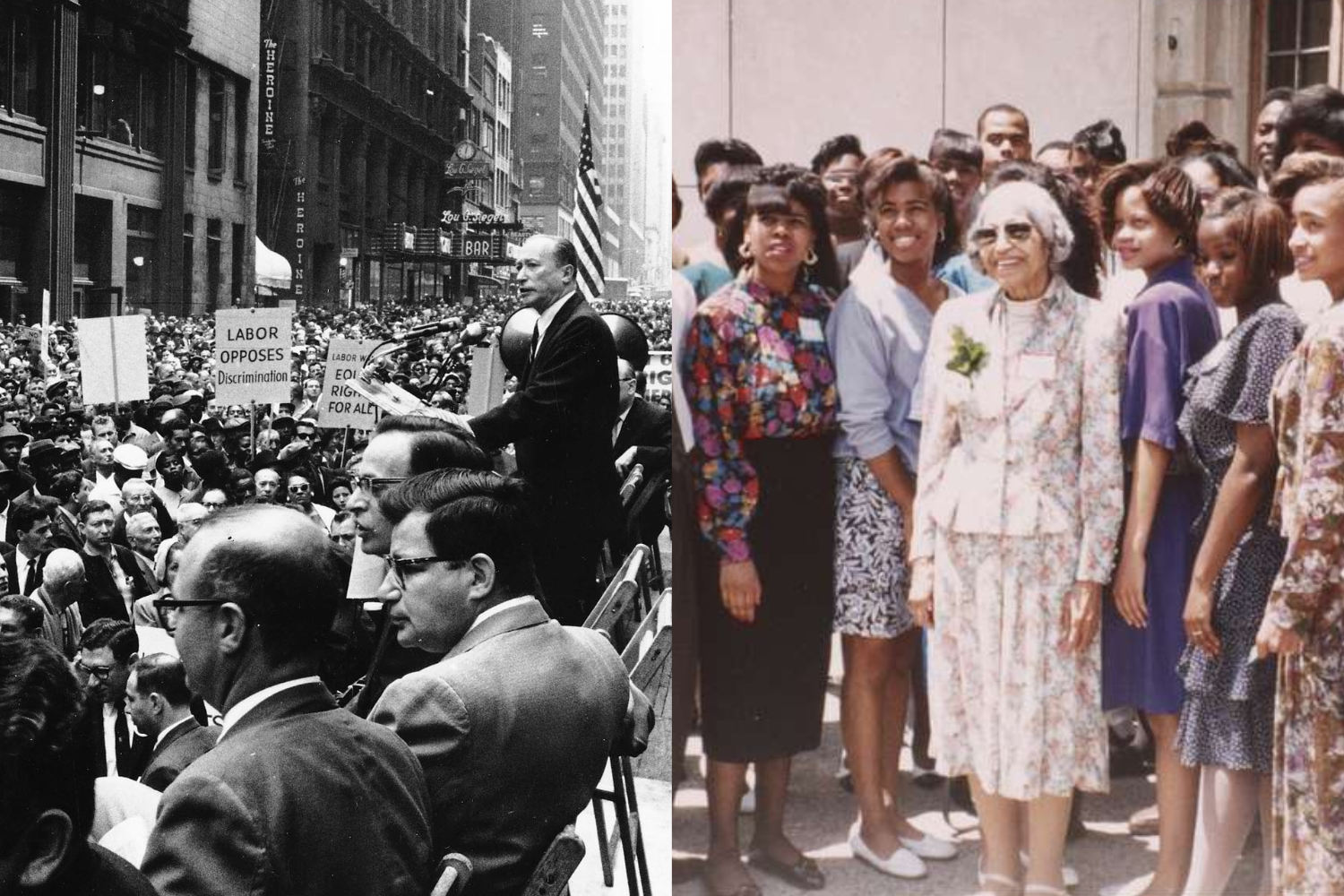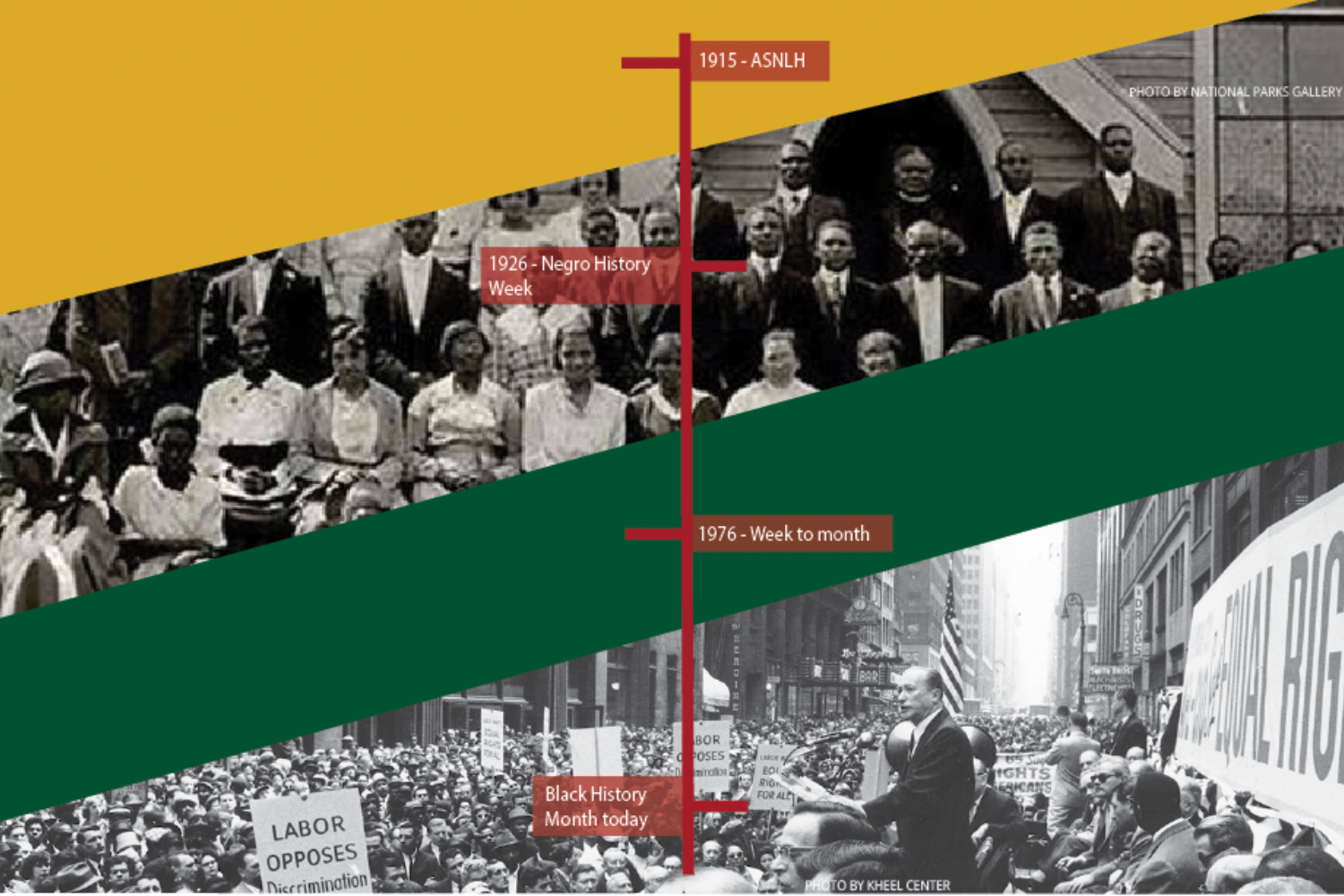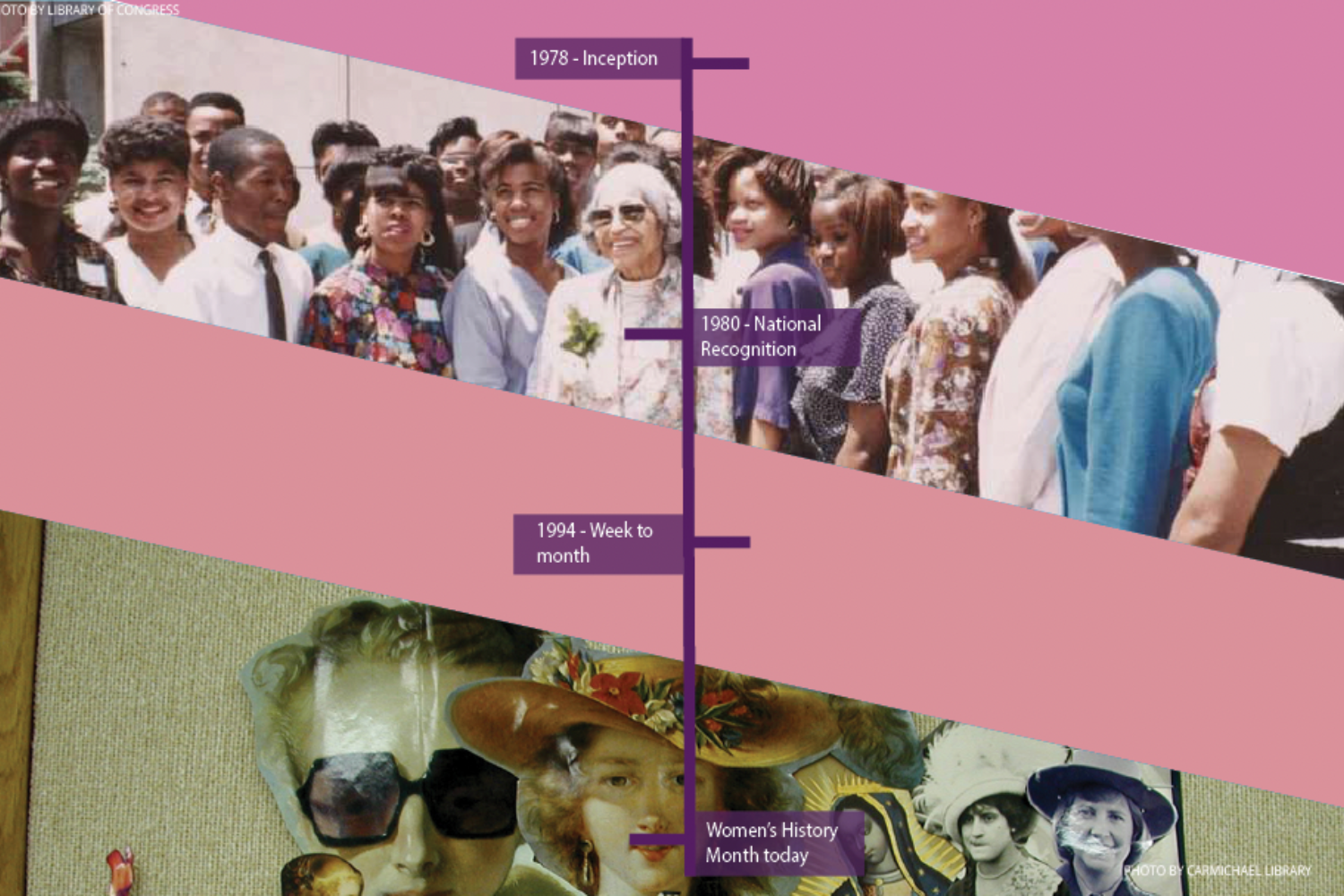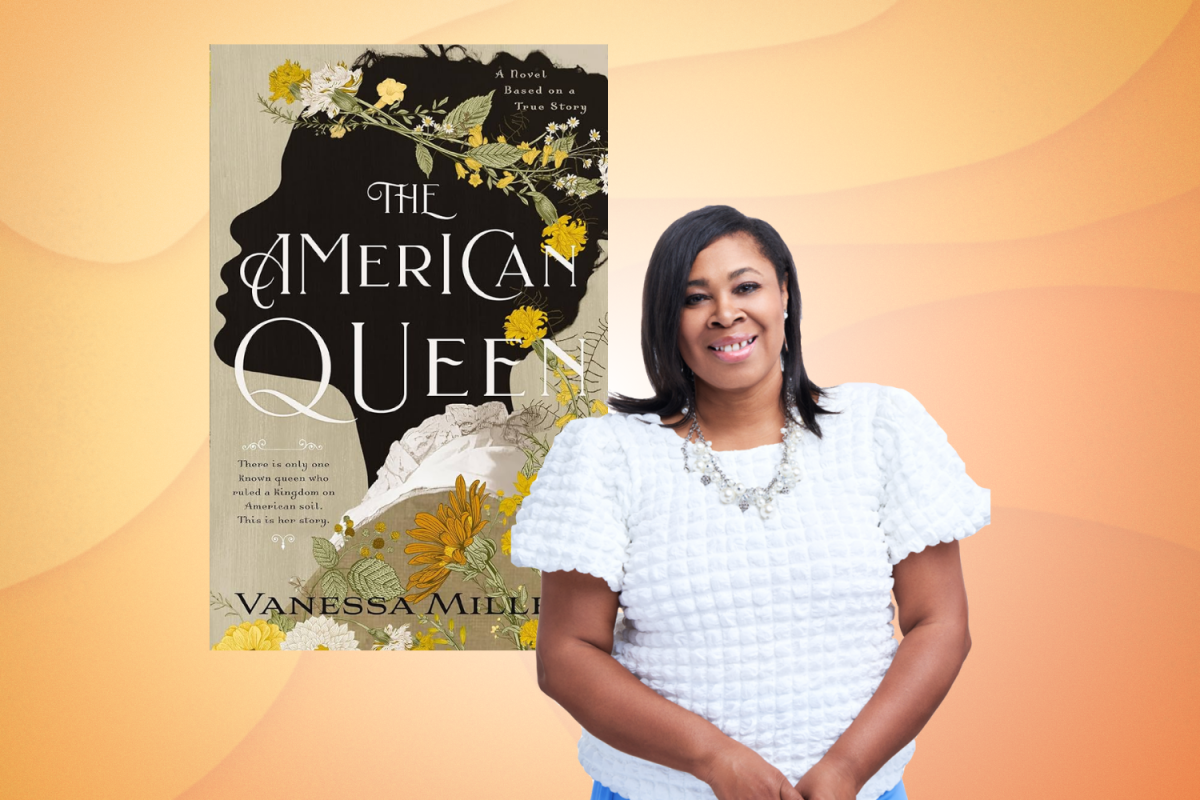The evolution of Black History Month and Women’s History Month


Association for the Study of Negro Life and History
In the summer of 1915, African American historian Dr. Carter Woodson went to Chicago to celebrate the 50th anniversary of the Emancipation Proclamation. Inspired by the exhibits of Black achievements, Woodson, and minister Jesse Moorland, founded the Association for the Study of Negro Life and History to further research and promote the achievements of Black Americans. Many writers began to share African American experiences. Journalist Delilah Beasley published “Negro Trailblazers of California” where she documented African American pioneers’ stories across the state.
“Black Americans have contributed so much to this country that Black history is not just the history of African Americans but American history,” said Dr. Melissa Ross, a pediatric hospitalist at Kaiser Permanente.
Negro History Week
Eleven years later in 1926, Woodson and other members of the ASNLH organized a national Negro History Week during the second week of February — the birth month of both Frederick Douglass and Abraham Lincoln. National Negro History Week honors the achievements of African Americans and recognizes their role in American history. After the announcement, schools and communities across the nation quickly embraced the movement by organizing local celebrations, establishing history clubs and hosting different performances and lectures. Furthermore, the California Federation of Colored Women’s Clubs began to organize regular lectures on Black history and launched other Negro History Week activities.
“At that time, mainstream history classes did not touch on African American history, but with the acknowledgment of Negro History Week, more people were getting the chance to learn something new,” said Curtis Sloan, a para educator at Monta Vista High School.
Week to Month
By the late 1960s, Negro History Week was nationally celebrated. In 1976, Former President Gerald Ford officially recognized Black History Month. Since then, every United States president has designated February as Black History Month, honoring the often-overlooked accomplishments of African Americans. After the growth and success of Black History Month in America, several other countries — including Canada and the United Kingdom — embraced the newfound tradition.
“Black History Month promotes awareness and understanding of African American history and culture, particularly in Black churches, where it showcases achievements to inspire youth,” said Derrick Felton, an instructor in the Black, Faculty, Staff and Administrator network at De Anza College.
BHM today
Since the inauguration of Black History Month in 1976, each U.S. president has endorsed a specific theme for Black History Month. This year, the theme was “African Americans and the Arts” to honor African Americans’ significant influence in arts, literature, film and more. Galleries and museums curated specialized exhibitions featuring African American artists, bookstores increased promotion for works by Black authors and poets, and communities and various organizations hosted tributes to honor iconic artists like Jacob Lawrence, Augusta Savage and Alvin Ailey.
“Every Black History Month, I visit my kids’ classrooms and teach their class about Black history, celebrities and athletes,” Ross said. “This year, we learned about Imhotep, one of the first architects of the step pyramids in Egypt, and both my kids and classmates are able to learn a lot while having fun.”

Inception
During 1978, female residents of Santa Rosa, California, began a local tradition of recognizing women’s contributions to society. This grassroots gathering of women grew in popularity, setting the stage for vast involvement of the tradition within American society, as well as becoming the cornerstone for the later movements of establishing Women’s History Month. Later on, the Education Task Force of Sonoma County Commission on the Status of Women established Women’s History Week on the week of International Women’s Day. This week was filled with educational presentations, parades and student writers discussing “Real Women” in an essay contest.
National Recognition
Inspired by Santa Rosa, nearby communities in California followed suit with Women’s History Week, and the movement soon gained national recognition when a group of historians and advocates for women brought the movement to Congress in 1980. Former President Jimmy Carter officially recognized and declared National Women’s History Week. People rejoiced to participate in the week through the means of attending local community events such as history exhibits and community service events.
Week to Month
With strong public support for the week, many pushed for the extension of the celebration. After 1994, presidents designated March as Women’s History Month, in recognition of the women who have shaped society. During the month, many honor the women in the workforce during World War II, where 350,000 women served in the U.S. Armed Forces. Moreover, most people recognize the month as acknowledgement to women throughout history — like Abigail Adams, Susan B. Anthony, Sojourner Truth and Rosa Parks — who pushed for women’s equity but weren’t able to receive adequate recognition in their time.
“One woman I admire is Chung-Pei Ma, an astronomer and physicist who discovered some of the largest known black holes,” senior and Women in STEM vice president Radhika Goyal said.
WHM today
Locally, the Bay Area honors women throughout history through conferences and activities. The Drawing Room, an organization aimed for art accessibility, will host a discussion panel on Roe v. Wade on March 21. In Oakland, the Lakeview Public Library will screen famous films honoring women — “A League of Their Own” and “Queen of Katwe.” National Women’s History Alliance calls for “women who advocate for equity, diversity and inclusion,” — the theme for Women’s History Month 2024. Today, people advocate for a better inclusion of women representing diverse ethnic and LGBTQ+ identities and for their stories to be heard clearly.
“Educating yourself about the challenges women have gone through is important since a lot of the time, accomplishments of women are overshadowed by their male counterparts or discredited,” Goyal said.























